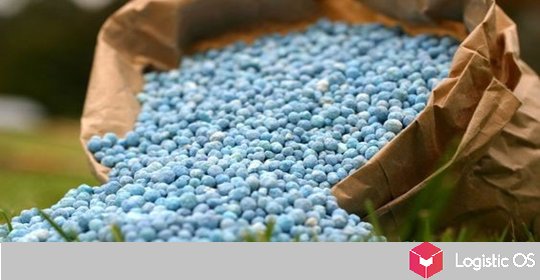Currently, supplies to friendly countries already account for 87% of the total structure of Russian agricultural exports, and this trend continues.
Over the 11 months of 2023, exports of agricultural products to friendly countries increased by 25% compared to the same period last year, noted Dmitry Krasnov, head of the Agroexport center.
“We shifted the focus in their direction, which made it possible to expand supplies even to those countries that were previously outsiders in terms of our exports.
Exports of agricultural products to friendly countries in 2023 increased by 25%. Their share in the total volume of agricultural exports is already 87%.
Exports to China this year increased by 58%, to Egypt by 19%, and to India by 56%,” he said.
In general, today Russian agricultural products have a very wide export area: they are actively supplied to 150 countries of the world.
Moreover, their list is also constantly growing. For example, this year the Russian Federation opened markets for the supply of its agricultural products in 14 countries at once. Including Algeria, Tunisia, China.
A particularly important point is that this year the Chinese pork market opened for Russian farmers for the first time. This became possible after the countries reached an agreement on phytosanitary measures, in particular related to preventing the spread of African swine fever.
At the same time, export volumes are also increasing to those countries that are traditionally Russia’s partners in this area.
For example, during the year, supplies to Indonesia increased by 5 times, to Mexico and Brazil by 4 times, to Tanzania by 14 times, and to Kenya by 4 times.
As experts note, such a wide geography of supplies makes Russian agricultural exports more sustainable.
The transition to cooperation with friendly countries reduces possible risks associated with sanctions and other restrictions, while a large number of buyers additionally insure Russia as an exporter against excessive dependence on any of them.
What products does Russia export?
First of all, these are grains and leguminous crops. Their deliveries this season have increased by 1.8 times compared to 2022.
For example, the volume of wheat supplies increased noticeably – 1.7 times, the final volume of supplies amounted to 50 million tons.
At the same time, barley exports increased 2.3 times, reaching 7 million tons.
A significant achievement of Russian barley producers was that Russia significantly increased barley exports to Saudi Arabia, and it even displaced Australian barley, which had previously been the leader, in the local market.
Saudi Arabia has increased its purchases of Russian barley by 2.6 times, and very good results have also been achieved in Iran.
The most important key to the development of Russian agricultural exports is that the throughput capacity of the grain infrastructure increases.
Not so long ago, Russia could send abroad no more than 5 million tons of grain per month, but now this value has increased to 6-7 million tons, experts emphasize.

